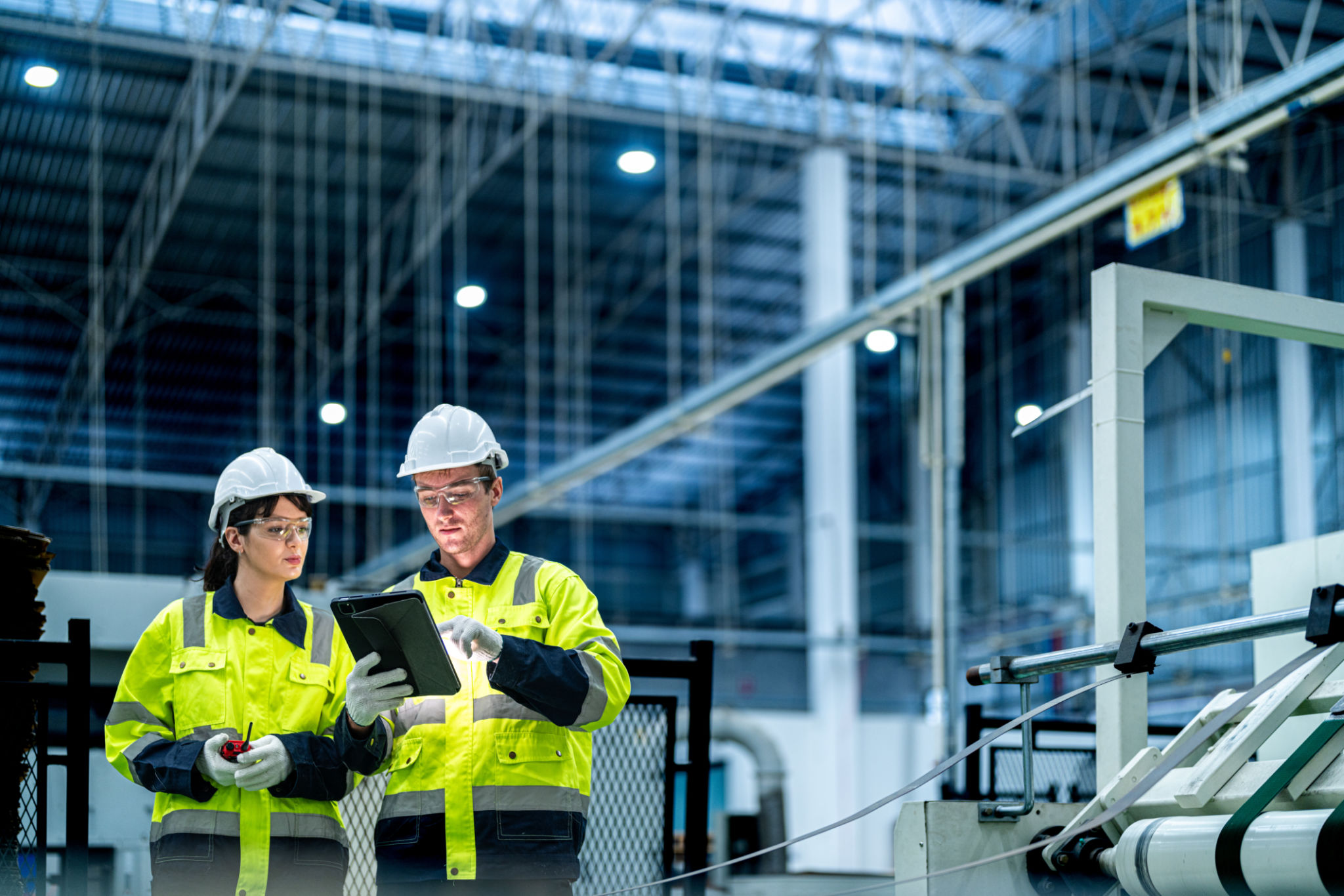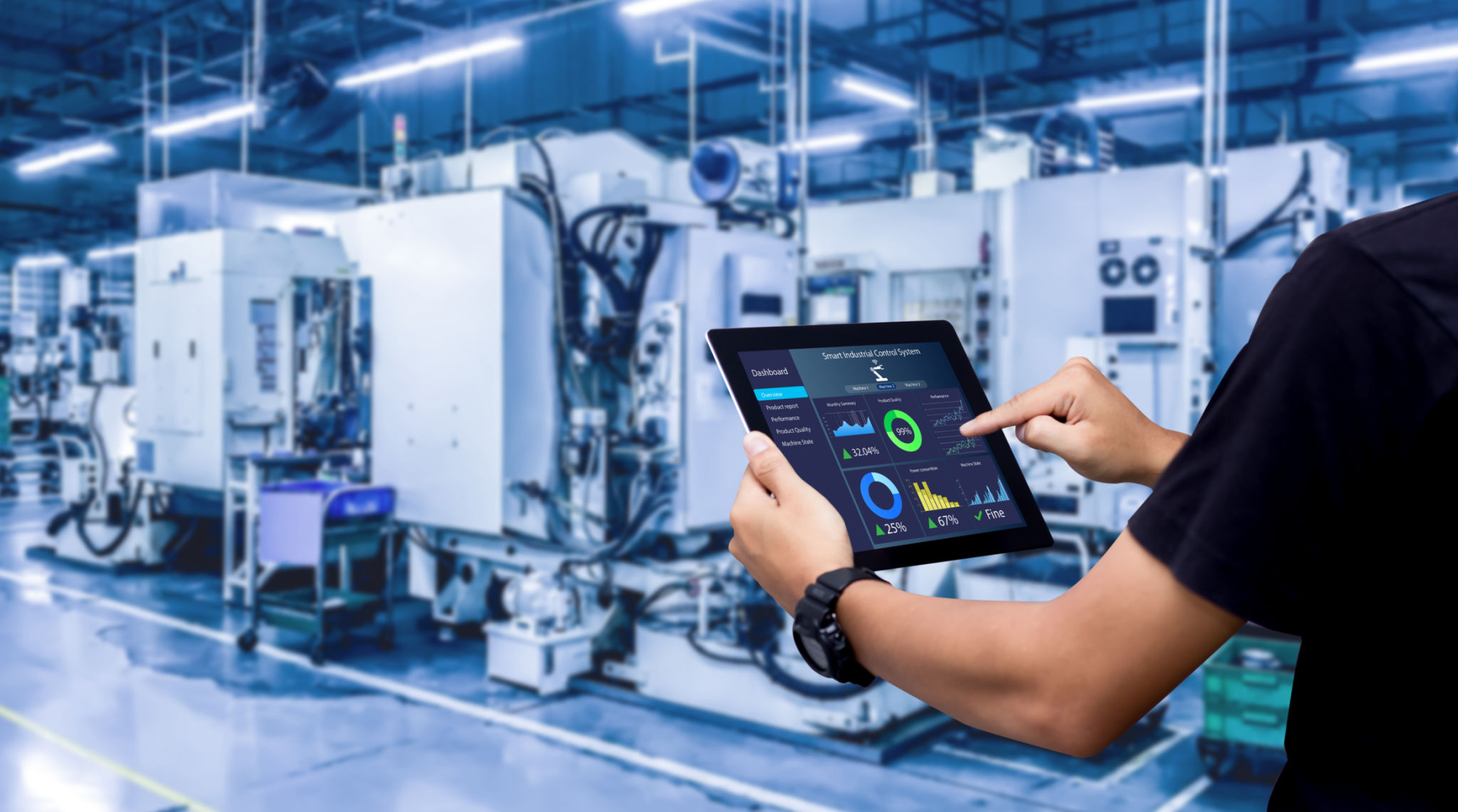Exploring the Role of Digital Twins in Enhancing Factory Efficiency
Understanding Digital Twins
In the realm of modern manufacturing, the concept of a digital twin is revolutionizing how factories operate. A digital twin is a virtual replica of a physical entity, such as a machine or entire production line. These virtual models allow manufacturers to simulate, analyze, and optimize processes in real-time, leading to enhanced efficiency and productivity. By bridging the gap between the physical and digital worlds, digital twins offer unprecedented insights into manufacturing operations.

How Digital Twins Work
Digital twins function by continuously collecting data from sensors embedded in the physical counterpart. This data is then processed and analyzed to create an accurate digital representation. The digital twin can be used for various purposes, such as monitoring performance, predicting failures, and testing new scenarios without disrupting actual operations. By leveraging real-time data, manufacturers can make informed decisions that improve operational efficiency and reduce downtime.
Components of Digital Twins
The core components of a digital twin include data collection systems, analytics engines, and user interfaces. Data collection involves integrating IoT sensors to gather information about the physical asset. Analytics engines process this data to generate insights, while user interfaces provide visualizations and tools for interacting with the digital twin. Together, these components help manufacturers maintain a competitive edge by optimizing their operations.
Benefits of Implementing Digital Twins
Implementing digital twins in manufacturing settings brings numerous benefits. Here are some key advantages:
- Improved Predictive Maintenance: Digital twins allow for precise monitoring of machinery, enabling predictive maintenance strategies that minimize unexpected breakdowns.
- Enhanced Product Quality: By simulating production processes, manufacturers can identify and rectify potential quality issues before they occur.
- Resource Optimization: Digital twins help optimize resource allocation by providing insights into energy consumption and material usage.

Case Studies in Manufacturing
Various industries have successfully integrated digital twins into their operations. For example, in the automotive sector, companies use digital twins to simulate vehicle assembly lines, leading to reduced production times and costs. Similarly, in the aerospace industry, digital twins are employed to monitor aircraft systems, enhancing safety and maintenance efficiency. These case studies demonstrate the transformative potential of digital twins across diverse manufacturing domains.
Challenges and Considerations
While digital twins offer significant advantages, there are challenges to consider. Data security is a primary concern, as sensitive information is constantly transmitted between physical assets and their digital counterparts. Moreover, the initial setup cost can be substantial, requiring investment in IoT infrastructure and advanced analytics tools. Nevertheless, with careful planning and implementation, these challenges can be effectively managed to unlock the full potential of digital twins.

The Future of Digital Twins in Manufacturing
As technology continues to advance, the role of digital twins in manufacturing is expected to grow exponentially. Future developments may include more sophisticated AI-driven analytics and enhanced integration with other smart factory technologies like robotics and blockchain. By continually evolving, digital twins will remain at the forefront of manufacturing innovation, driving new levels of efficiency and productivity.
Conclusion
In conclusion, digital twins are reshaping the landscape of modern manufacturing by providing a powerful tool for enhancing efficiency. From predictive maintenance to improved product quality, the benefits are substantial. As manufacturers navigate the challenges and embrace this technology, digital twins will undoubtedly play a crucial role in the future of factory operations. Embracing this innovative approach is not just an option but a necessity for those aiming to stay competitive in an ever-evolving industrial world.